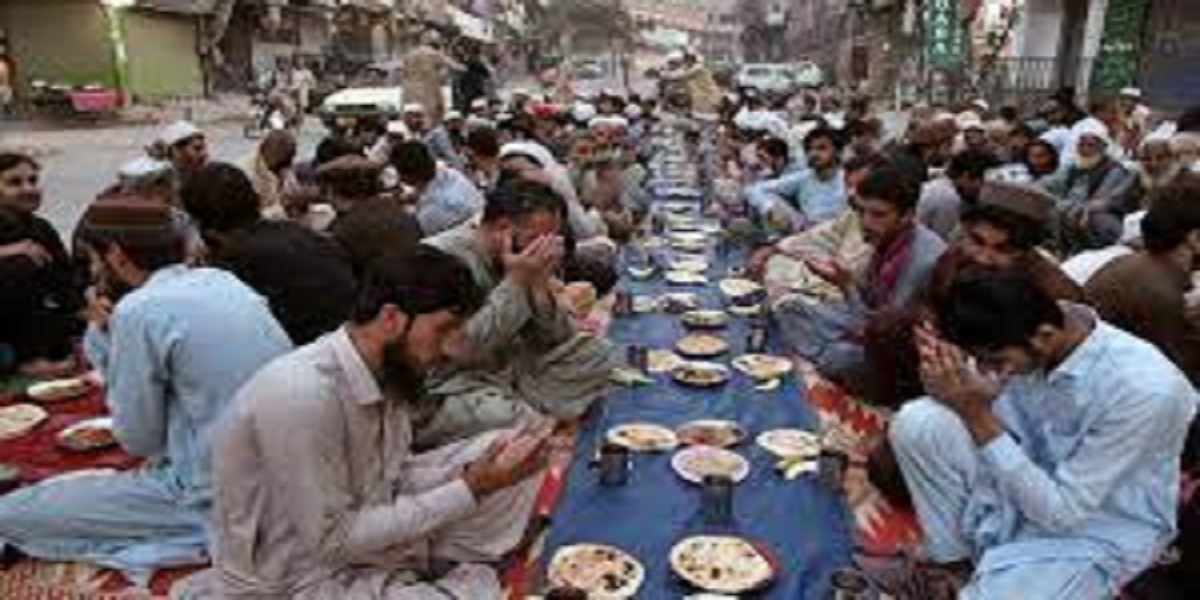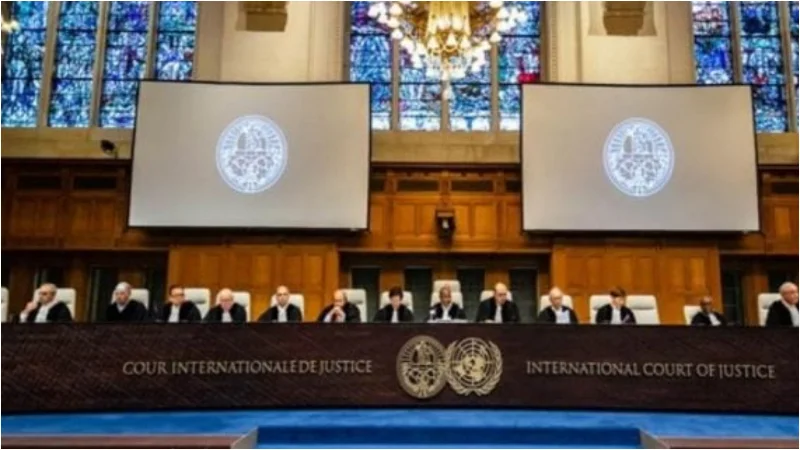This year Eid al-Fitr begins on May 1 or May 2, contingent upon the lunar schedule.
The beginning of the occasion is planned to the main locating of the bow moon denoting the start of the Islamic month of Shawwal.
A few nations, like Turkey, depend on innovation to see the bow moon. Others, actually follow the custom of adhering to exposed eyes to see the moon’s shape.
Eid al-Fitr is praised to recognize the finish of the fasting month of Ramadan and happens more than three days. Eid al-Fitr signifies “the festival of breaking the quick.”
Ramadan denotes when the Quran, the Muslim sacred book, was uncovered to Prophet Muhammad. Dedicated Muslims quick during sunshine hours and invest energy in self-reflection, petition and giving cause.
There are two Eids celebrated in the year: Eid al-Adha and Eid al-Fitr.
Eid al-Adha, or “feast of the sacrifice,” celebrated this year from July 9-10, marks the willingness of the Prophet Ibrahim to sacrifice his son to Allah. In Christianity and Judaism, this is told as the story of Abraham and his son Isaac.
Eid al-Fitr marks the first day on which Muslims return to their regular lifestyles and stop the daytime fasting required during the holy month of Ramadan.
One of the traditions of Eid includes donating charity, called zakat, one of the pillars of Islam. Muslims are obligated to pay zakat yearly toward feeding and helping those in need.
On Eid, Muslims traditionally have a light breakfast and then head to the mosque for a special prayer and a sermon, according to Mozaffar.
After praying, Muslim families gather and exchange gifts. Traditional dishes and sweets are also made and exchanged.
“If you visit different families, you’re gonna get fed a lot,” said Mozaffar.
During this celebration, some Muslims volunteer at soup kitchens or food pantries, according to Mozaffar, to help those less fortunate.




















